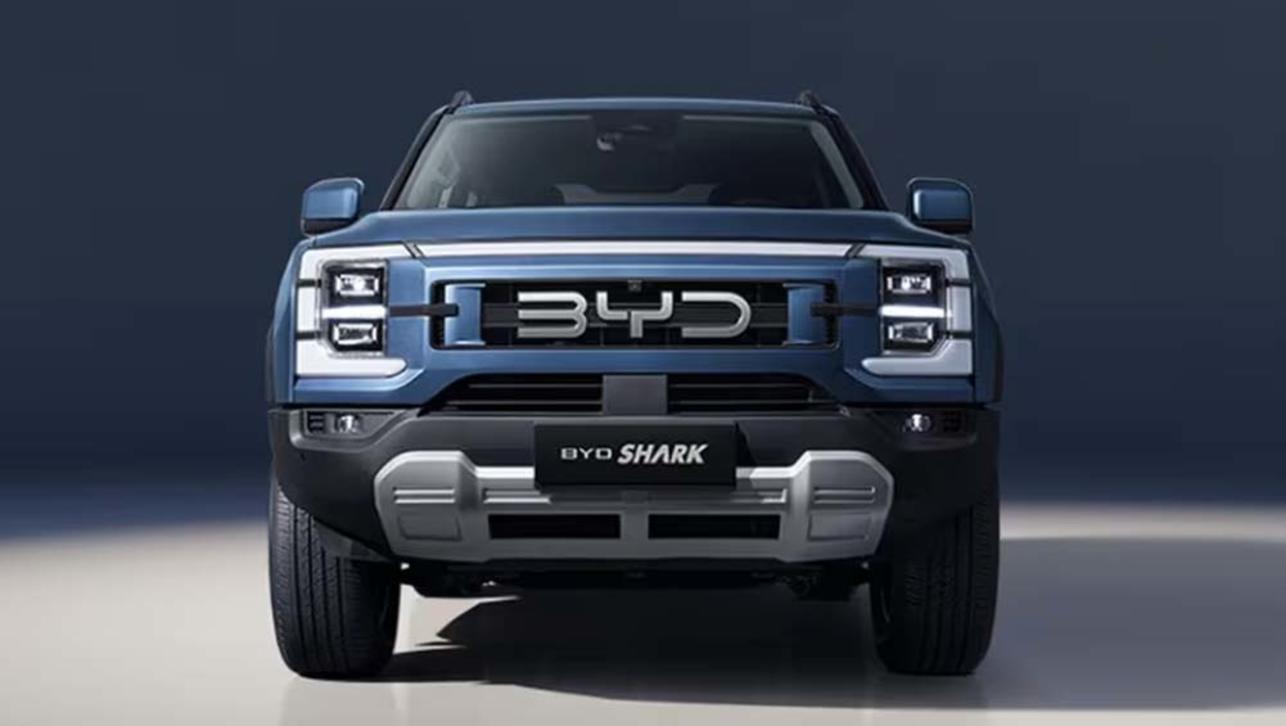And for the first time, a hybrid IS300h variant has arrived as well as upgrades to the IS 250 and IS 350 models. All three models all come with the option of F Sport enhancements.
Now in its third decade, the Toyota luxury brand Lexus is aimed at the luxury European brands, in particular the big three German carmakers. As is the norm, the new Lexus IS models have grown in size with a longer, wider platform that provides more interior space especially in rear-seat legroom and boot capacity.
There are styling changes both inside and out highlighted at the front by a new version of the Lexus' trademark spindle grille as well as a sweeping profile.
These cars are immaculately finished inside and out in a tradition that has been with the Lexus marque since day one. The quality of materials and workmanship not only makes the car a delight to look at and sit in, but also suggests a high level of reliability.
ENGINES
Using the ‘if it ain’t broke …’ philosophy the engines in the IS 250 and IS 350 are unchanged from the outgoing model. The IS 250’s 2.5-litre all-alloy V6 develops 153kW of power and 252Nm of torque, delivered through a six-speed sequential automatic transmission.
The 3.5-litre engine in the IS 350 increases outputs to 233kW and 378Nm all-alloy 3.5-litre V6 powerplant matched to a new eight-speed transmission.
With the arrival of the IS 300h Lexus is closing in on its target of offering hybrid technology right across its range. It combines a 2.5-litre four-cylinder Atkinson Cycle petrol engine with a 650-volt permanent-magnet synchronous electric motor to provide a combined power output of up to 164 kW.
Listed fuel consumption for the IS 300h is 4.9 litres per 100 kilometres with CO2 emissions of 113 grams per kilometre. By way of comparison the two petrol-powered models use around twice as much fuel (IS 250 at 9.2 and the IS 350 9.7 L/100km) and about double the emissions (213 and 225 g/km respectively). However, official fuel consumption figures for hybrids are notoriously optimistic and can be very difficult to achieve in real life driving.
TECHNOLOGY
The new hybrid powerplant is mated to an electronically controlled continuously variable transmission with six-step shift logic and paddle shift.
All three IS models come with the option of the Lexus F Sport package including a more rigid chassis, distinct steering and chassis tune through an adaptive variable suspension system and a new drive mode select feature. External features include different front and rear bumpers, side skirts, grille, wheels and badging.
FEATURES
Standard features across the Lexus IS range include eight airbags, powered and ventilated front seats, reversing camera, satellite navigation, a new pedestrian protection pop-up bonnet, drive mode select, tyre pressure warning sensors, keyless entry, dual-zone climate control, Bluetooth phone and audio and digital radio. Sports Luxury models also get a number of additional safety features including two extra airbags, a Pre-Collision Safety System (PCS) with adaptive cruise control, blind spot monitoring and lane departure warning.
For those with enough patience, from the fourth quarter of 2013 the all-new Lexus Enform telematics system will be available. Enform will provide a range of connected services such as Enform Concierge (a dial-up link a range of Lexus services); Destination Download (sends destination information to the satellite navigations system); Fuel Finder (transmits the location of the nearest service stations with comparative fuel prices and availability of premium fuels); Local Search (an internet-based search for local businesses and services): and Weather (forecasts for a selected location).





.jpg)


.jpg)


.jpg)













































.jpg)
.jpg)



.jpg)
.jpg)
.jpg)





.jpg)


Comments